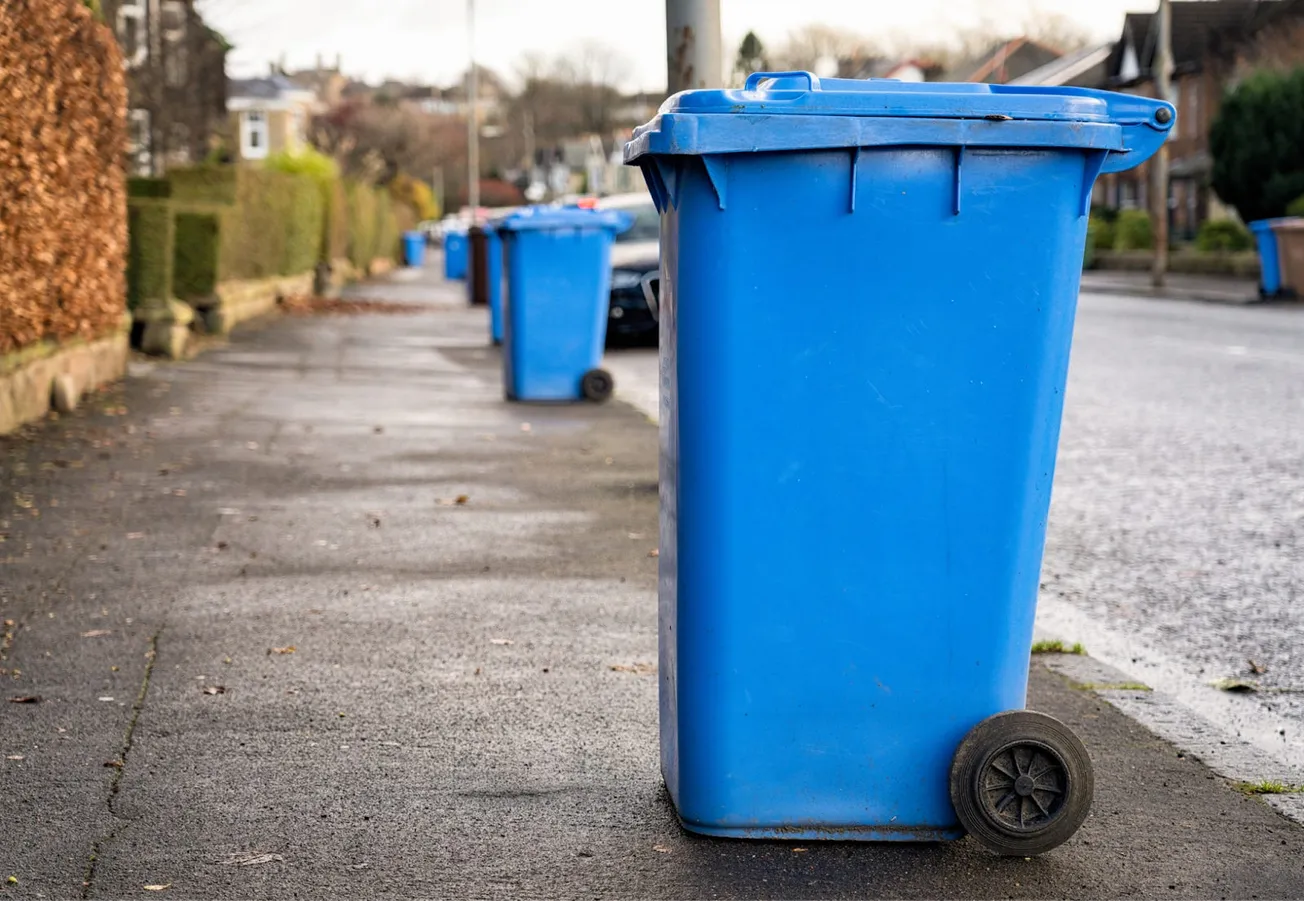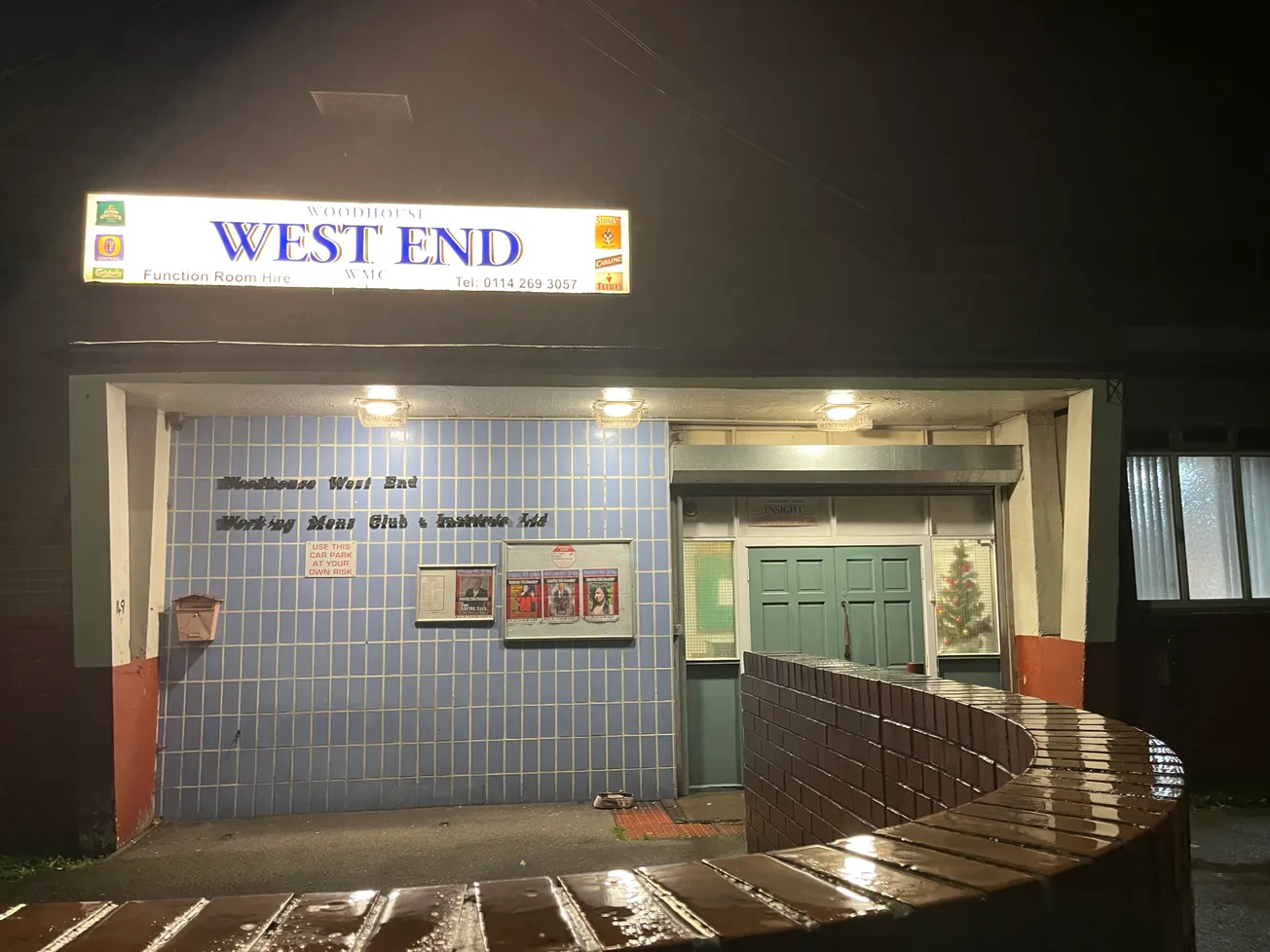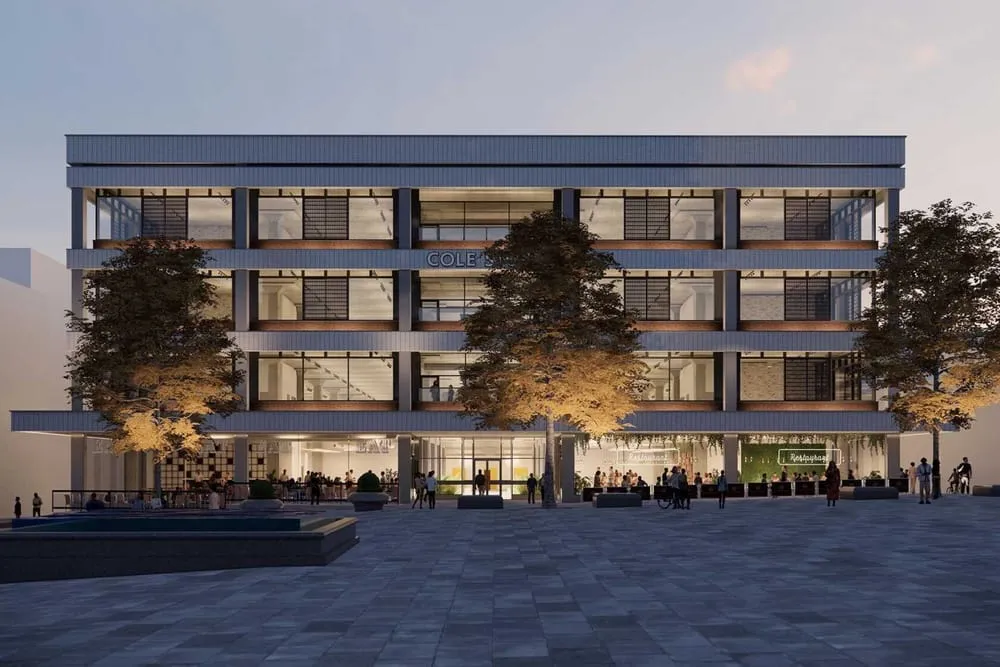Data investigation: A year in the life of Sheffield's waste
202,000 tonnes. Roughly the equivalent of 17,000 double decker buses, 4,500 train carriages, or 20 Eiffel Towers. That rather mind-boggling number is the amount of waste Sheffield created last year.
Like most of us, I don’t spend much time thinking about where my rubbish actually ends up. I’ve got a pretty clear idea of what belongs in each bin (though I sometimes waver with those plasticky flyers you get — blue or black?) But once I put the bin out, I don’t think much more about it. But all this was set to change when I stumbled across the dataset which forensically details where it all goes. After days of sifting through the data for 2021/22 — it was pretty opaque at first — it finally revealed its secrets to me.
This story is free to read. You just need to sign up to join The Tribune's mailling list. And why wouldn't you? You'll get our journalism in your inbox the second we publish, keeping up to date on this and all our stories. No card details required.
Join the ListAlready have an account? Sign In
Comments
How to comment:
If you are already a member,
click here to sign in
and leave a comment.
If you aren't a member,
sign up here
to be able to leave a comment.
To add your photo, click here to create a profile on Gravatar.







